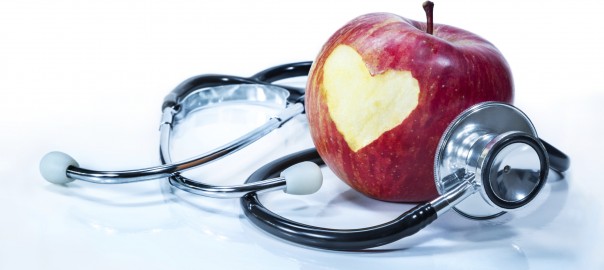Healthcare needs are diverse and highly individualized, influenced by various factors including gender. Men and women experience distinct health challenges and priorities, necessitating tailored approaches in medical care.
Biological Differences
The most apparent differences stem from biology. Women undergo reproductive health events such as menstruation, pregnancy, and menopause, which require specialized care. Conditions like polycystic ovary syndrome (PCOS) and endometriosis are unique to women and can significantly impact their quality of life. Men, on the other hand, face health issues related to their reproductive system, such as prostate health, which becomes increasingly important as they age.
Disease Prevalence
Certain diseases exhibit different prevalence rates between genders. Women are more likely to develop autoimmune diseases like lupus and rheumatoid arthritis. They also have a higher risk of osteoporosis, particularly post-menopause due to hormonal changes. Men, however, have higher rates of heart disease, which is the leading cause of death among men worldwide. They are also more prone to conditions like lung cancer, partly due to higher rates of smoking.
Preventive Care
Preventive care strategies differ as well. Women benefit significantly from regular screenings such as mammograms and Pap smears, which can detect breast and cervical cancers early. Men require screenings for prostate cancer and regular checks for cardiovascular health. Additionally, lifestyle recommendations often vary, with different dietary and exercise guidelines tailored to the specific health risks faced by each gender.
Access and Utilization
There’s also a disparity in how men and women utilize healthcare services. Women generally make more frequent use of healthcare services, partly due to reproductive health needs but also because they tend to be more proactive about preventive care. Men, however, often delay seeking medical help, which can lead to late diagnoses of conditions.
A gender-sensitive approach to healthcare ensures that both men and women receive appropriate care tailored to their unique health needs, ultimately improving outcomes and quality of life for all.
If you would like to learn more about how you can ensure your health, contact Dr. Gordon C. Gunn MD in Fullerton, CA at 714-912-2211 or visit our website at www.gordongunnm.com for more information regarding women’s health.
Dr. Gordon Gunn proudly serves Buena Park, La Mirada, Yorba Linda, Diamond Bar, Walnut and all surrounding areas.








